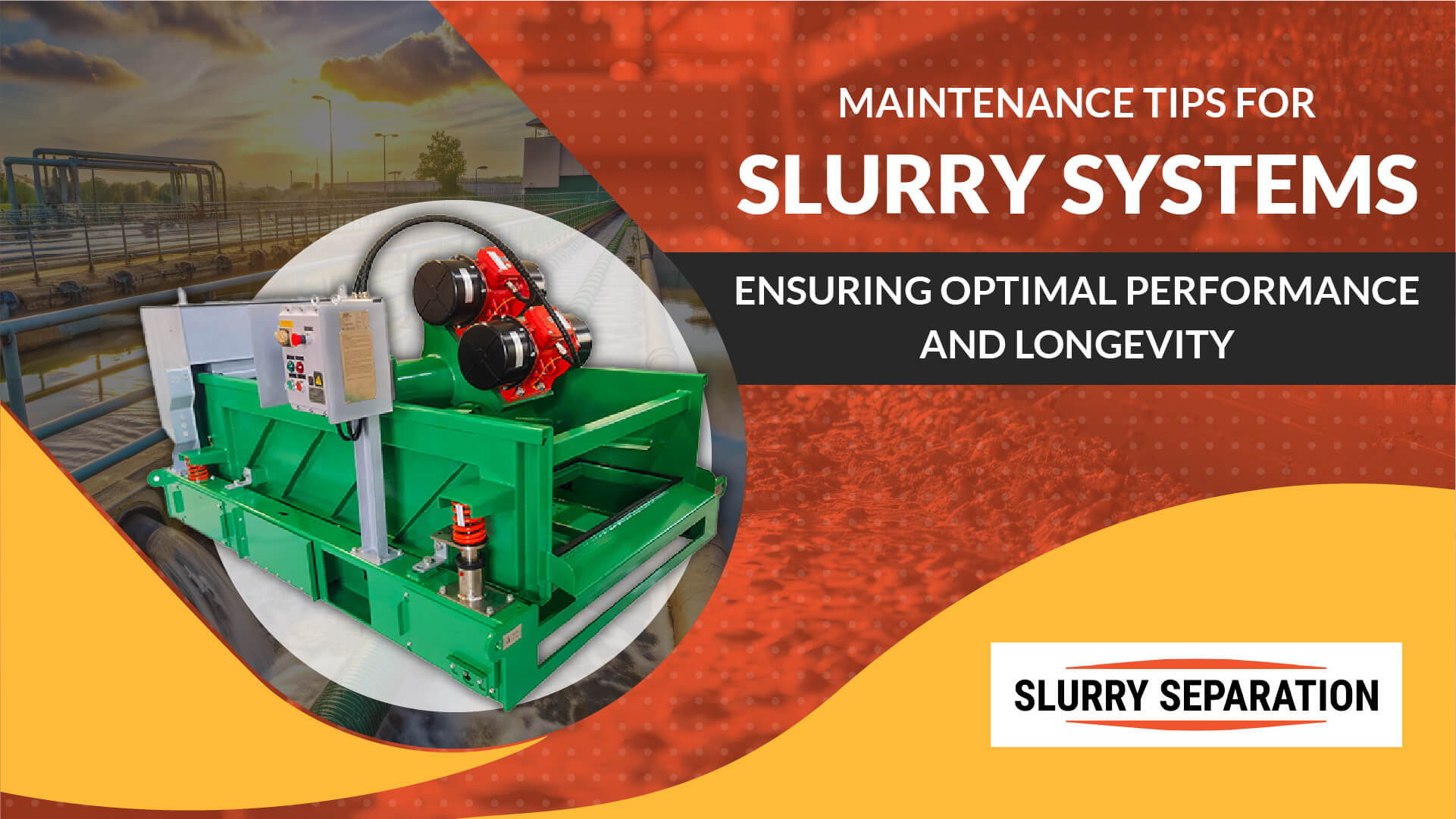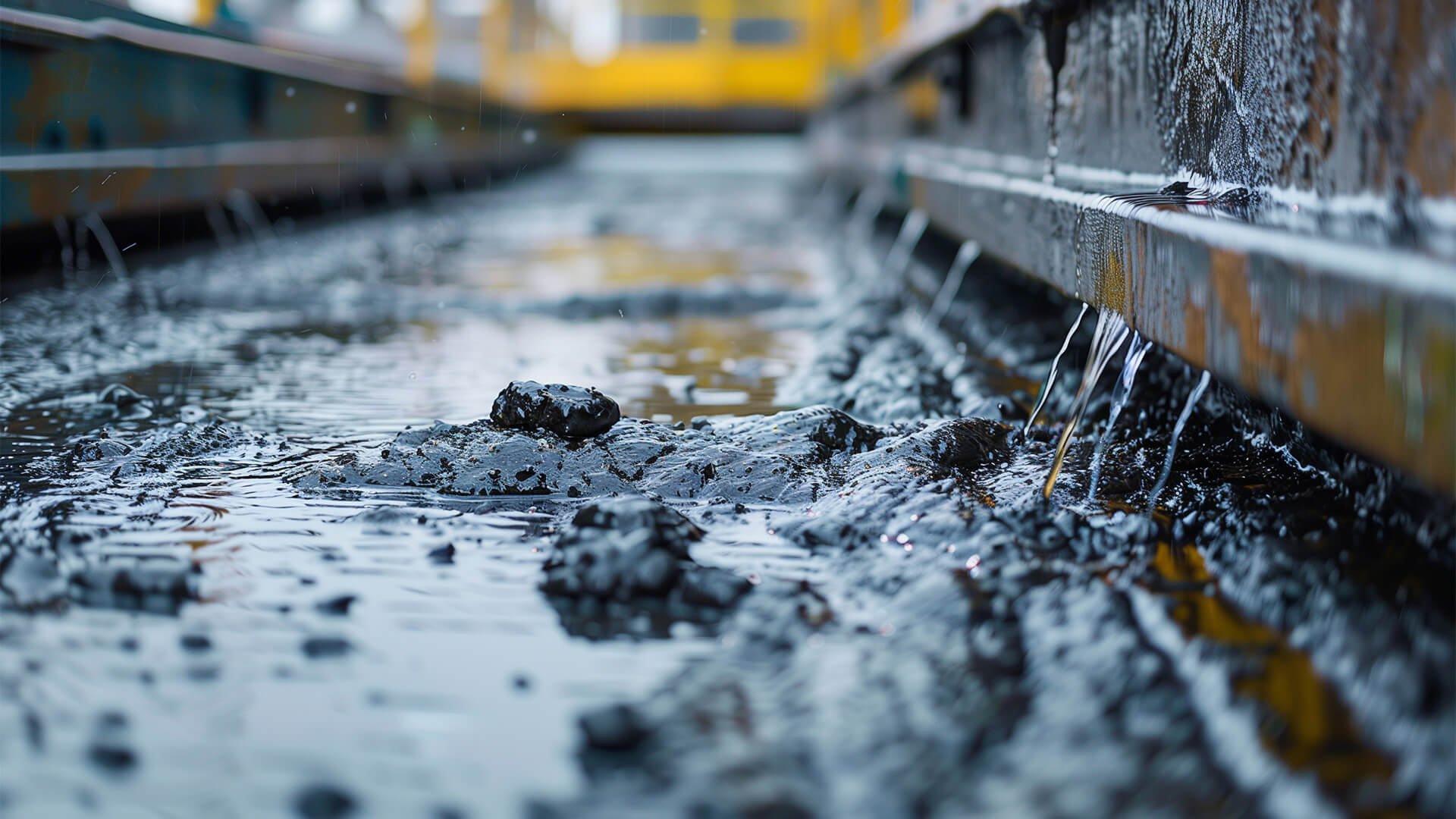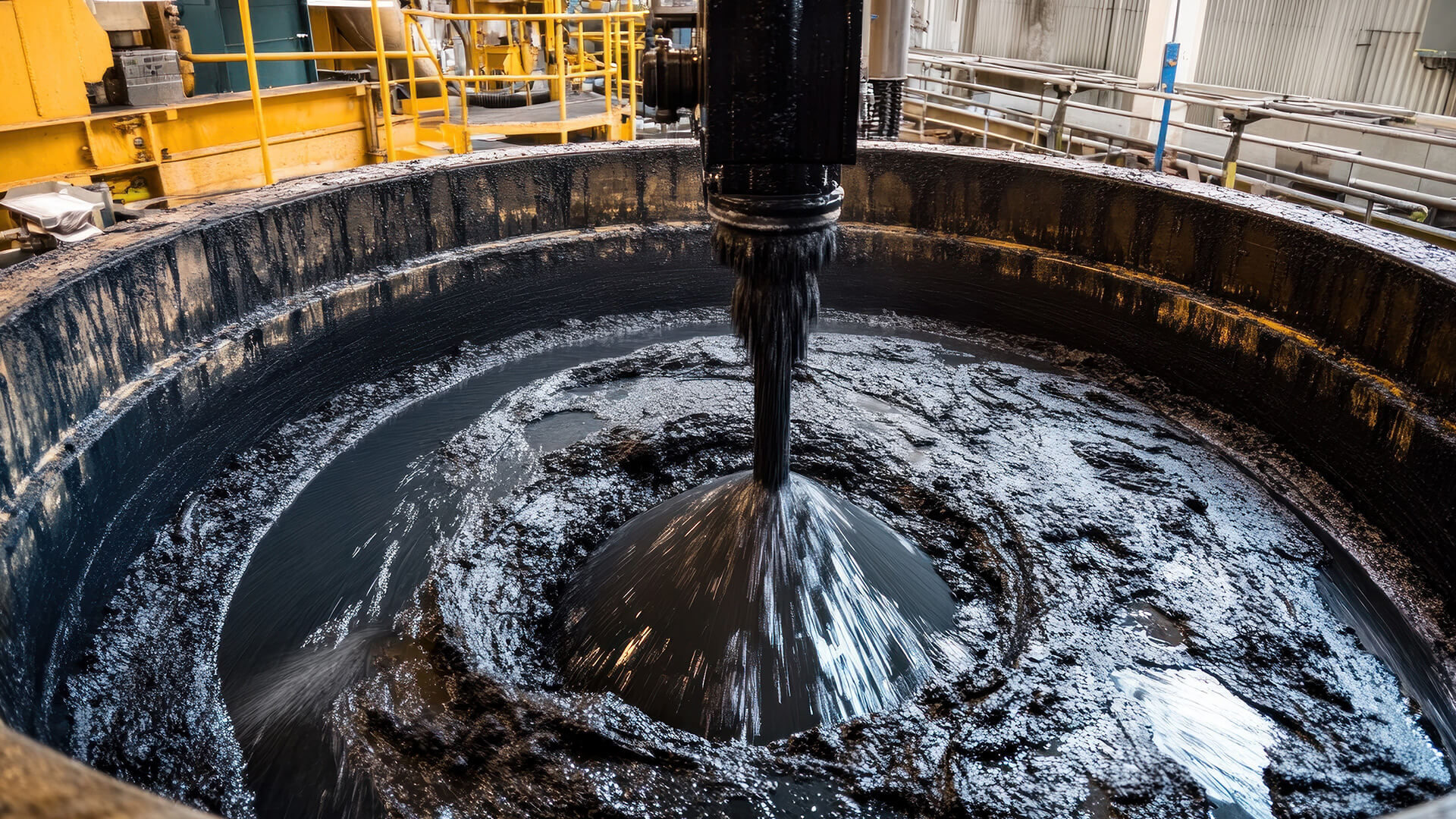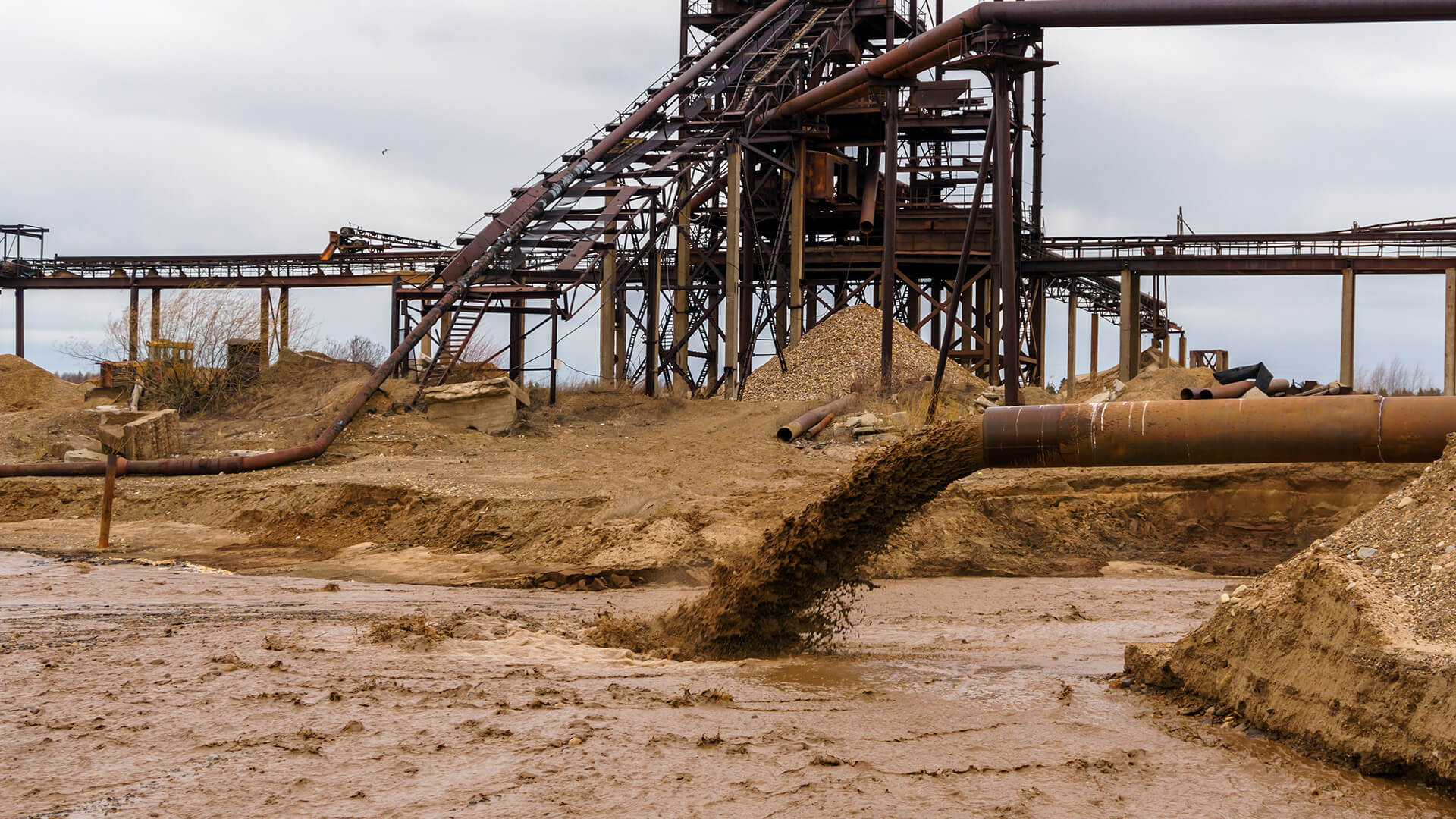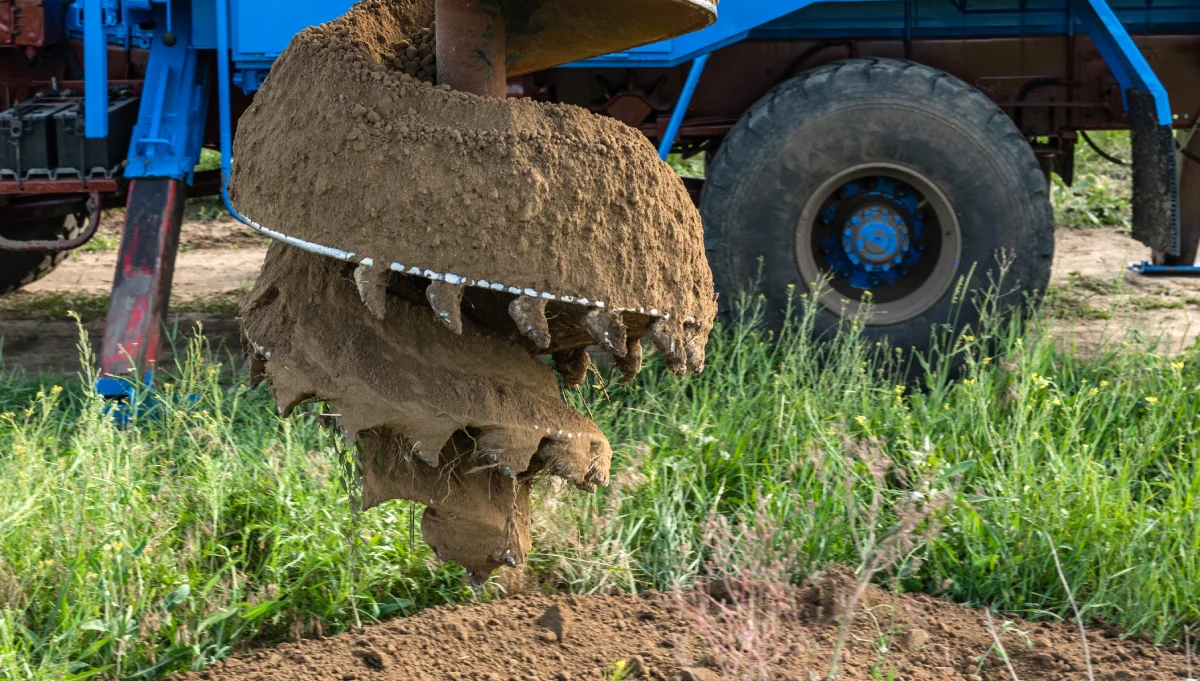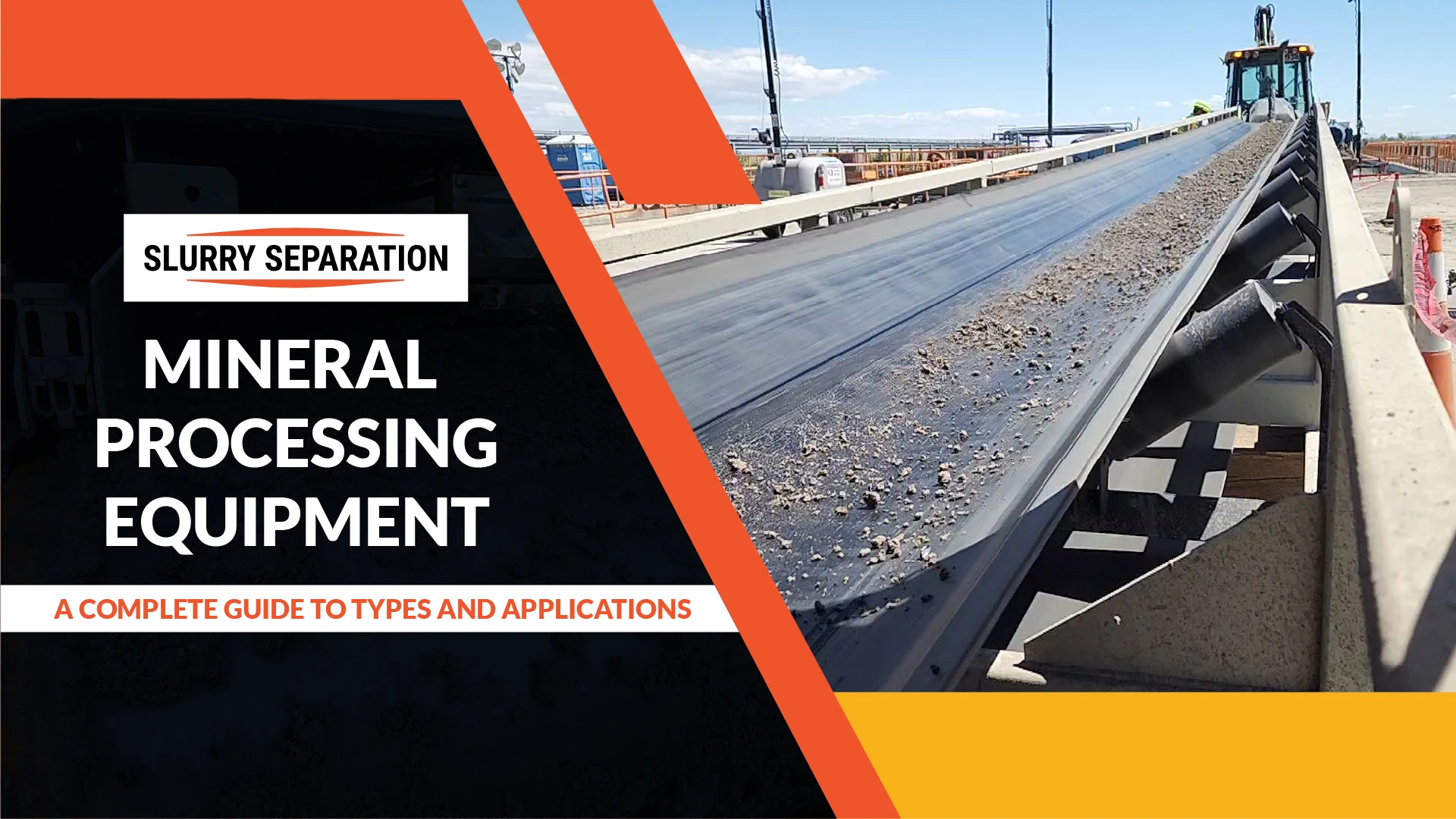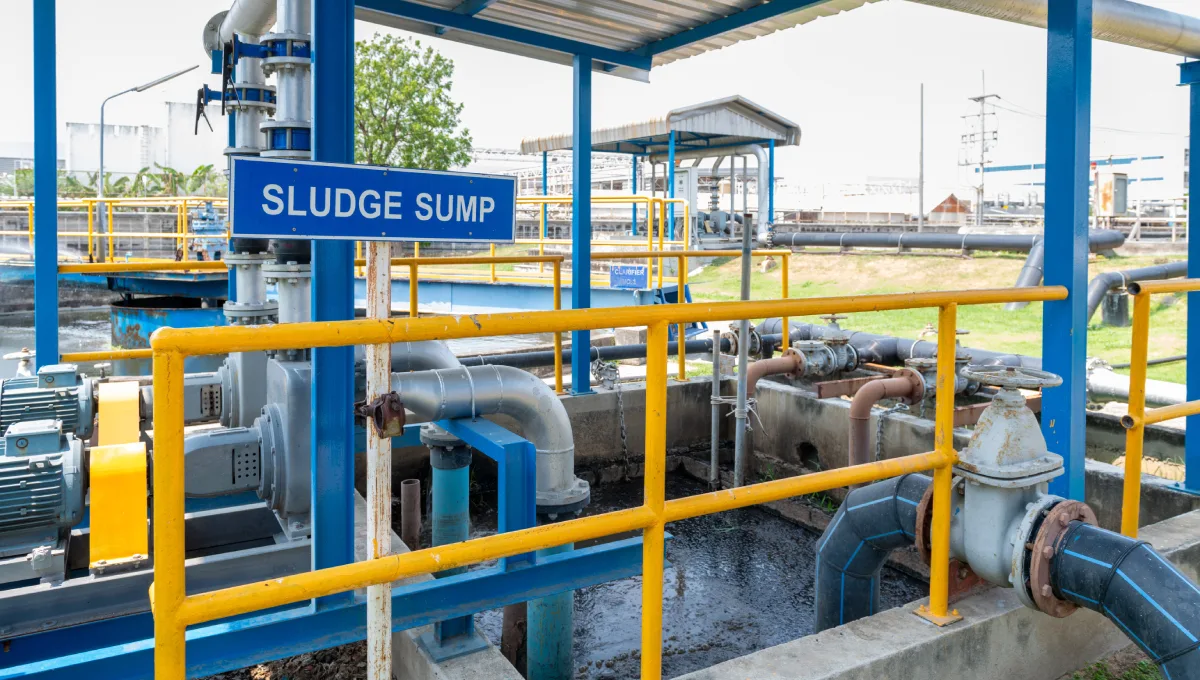- Understanding Slurry Systems: Components and Functionality
- Routine Inspection and Monitoring
- Preventing Wear and Corrosion in Slurry Pumps
- Maintaining Optimal Pipeline Health
- Valve Maintenance for Consistent Flow
- Managing Slurry Tank Health
- The Role of Filtration and Separation Systems
- Importance of Proper Lubrication and Seal Care
- Developing a Preventive Maintenance Schedule
- Training and Safety Considerations
- Conclusion
Slurry systems are essential in industries like mining, wastewater management, and dredging, where handling mixtures of water and solid particles is a routine part of operations. These systems transport slurry through pumps, pipelines, valves, slurry separators, and tanks, ensuring that solids are efficiently moved for further processing or disposal. Without proper maintenance, however, slurry systems are prone to wear, corrosion, and breakdowns that can result in costly downtime.
Regular maintenance is key to ensuring the optimal performance and longevity of slurry systems. Routine inspections, proactive replacements, and predictive maintenance strategies can help prevent common issues such as equipment wear, clogging, and issues within the slurry separator. This article covers key maintenance tips that will help you keep your slurry system running smoothly and effectively, reducing downtime and operational costs.
Understanding Slurry Systems: Components and Functionality
Slurry systems are comprised of several key components that work together to transport and process slurries. These components include pumps, pipelines, valves, and tanks, each playing a critical role in ensuring the smooth operation of the system.
- Pumps: Pumps are the heart of a slurry system and are responsible for moving the slurry through the system. They need to withstand the abrasive nature of the slurry, which can cause rapid wear if not properly maintained.
- Pipelines: Pipelines transport the slurry from one location to another. Abrasion from the slurry can gradually wear down the interior of the pipes, leading to leaks or ruptures if left unchecked.
- Valves: Valves control the flow of slurry and pressure within the slurry system. Over time, valve seals and gaskets can deteriorate due to constant contact with abrasive particles, leading to inefficiencies in flow control.
- Tanks: Slurry tanks store the mixture and help keep solids suspended. With proper cleaning and maintenance, tanks can avoid becoming clogged with settled solids, which can reduce system efficiency.
Understanding the role of each component in slurry systems is crucial for developing an effective maintenance strategy. Knowing which parts are most susceptible to wear and failure allows you to take proactive steps to extend their lifespan.
Routine Inspection and Monitoring
Regular visual inspections are one of the simplest yet most effective ways to identify potential issues in your slurry system. Key areas to monitor include pump impellers, seals, pipelines, and fittings, as these components are most exposed to wear from abrasive slurry materials.
Advanced monitoring technologies can further enhance your inspection routine. Sensors that measure pressure, flow rates, and vibration can detect early signs of wear or misalignment in pumps and pipelines. By setting up an automated monitoring system, you can identify issues before they escalate into major problems within your slurry systems.
To maintain consistency, schedule maintenance checks based on system operation hours. Frequent checks ensure that small problems are caught early, preventing larger issues from developing and keeping your slurry systems efficient.
Preventing Wear and Corrosion in Slurry Pumps
Slurry pumps are constantly exposed to abrasive particles, which can lead to significant wear and reduced efficiency over time. To combat this, choose wear-resistant materials for pump components such as impellers and liners. Hard metals and elastomers are commonly used to extend the life of pumps handling abrasive slurries.
Regularly inspecting and replacing pump liners and impellers is essential to prevent catastrophic failures. These components should be checked for signs of wear and corrosion and replaced before they affect pump performance, ensuring the slurry system functions optimally.
Lubrication and seal maintenance also play a key role in reducing wear. Keep seals properly lubricated to prevent friction, and inspect them regularly to ensure they are intact and functioning correctly in your slurry system.
Maintaining Optimal Pipeline Health
The integrity of slurry pipelines is critical to the smooth operation of the system. Pipelines are prone to blockages, wear, and corrosion due to constant contact with abrasive slurries. Regular inspections help prevent pipeline ruptures and leaks, which could lead to significant downtime in your slurry system.
One of the best practices for pipeline maintenance is to ensure that the material used in the pipes is suitable for the type of slurry being transported. Abrasion-resistant materials such as rubber-lined steel can extend the life of the pipeline, enhancing the overall efficiency of your slurry systems.
In addition, keeping the slurry flow rate consistent helps to avoid blockages. Variations in flow rates can cause solids to settle in the pipes, leading to clogs and reduced efficiency.
Valve Maintenance for Consistent Flow
Valves play a crucial role in controlling the flow and pressure of slurry within the system. However, valves are also susceptible to wear and tear, especially in high-pressure slurry systems.
Regular inspection of valve seals and gaskets is essential to maintain consistent flow control in your slurry system. Worn seals can lead to leaks, while corroded gaskets can cause pressure imbalances. Cleaning and lubricating valves at regular intervals help extend their operational life.
It’s also important to monitor for signs of valve failure. If a valve can no longer effectively control flow or pressure, it should be replaced to prevent system inefficiencies.
Managing Slurry Tank Health
Slurry tanks are prone to sediment buildup, which can reduce the system’s efficiency if not properly maintained. Regular tank inspections can help detect cracks, corrosion, or leakage that could compromise the tank’s functionality within the slurry system.
Agitation systems should be used to prevent the settling of solids, keeping the slurry well-mixed. Additionally, tanks should be cleaned on a regular schedule to remove sediment buildup and avoid contamination within your slurry systems.
The Role of Filtration and Separation Systems
Filtration systems are essential for keeping slurries clean and reducing particle sizes that could damage equipment. Regular maintenance of filters and slurry separators ensures that they function efficiently, preventing the buildup of large particles that could lead to blockages or pump wear. The slurry separator plays a critical role in ensuring that only the appropriately sized particles pass through, thus protecting the downstream equipment.
Inspect filters and slurry separators regularly for signs of clogging or wear. If these filtration systems, including the slurry separator, are not functioning properly, it can lead to increased wear on pumps and other slurry system components.
Importance of Proper Lubrication and Seal Care
Proper lubrication of slurry pump bearings is crucial to minimizing friction and wear. To reduce wear on pump components, follow manufacturer recommendations for lubrication intervals and ensure that high-quality lubricants are used.
Seals should also be maintained and replaced as needed to prevent slurry leaks. Leaks can lead to contamination and reduced system efficiency, so regular seal inspections are necessary to catch potential problems early and ensure your slurry system stays in top condition.
Developing a Preventive Maintenance Schedule
A well-designed preventive maintenance schedule can significantly extend the life of your slurry system. Base your schedule on the system’s workload and environmental conditions, ensuring that all components are inspected and maintained regularly.
Incorporate predictive maintenance strategies by utilizing real-time monitoring data to identify potential issues before they lead to system failure. Recording maintenance work helps track performance over time and identify areas for improvement within your slurry systems.
Training and Safety Considerations
Proper training is essential for ensuring that maintenance staff can operate and maintain slurry systems safely and effectively. Ensure that staff members are familiar with system components, safety protocols, and maintenance procedures to guarantee smooth slurry system operations.
When performing maintenance on high-pressure slurry systems, it’s important to follow safety protocols and use appropriate protective gear. This minimizes the risk of injury and ensures that maintenance is carried out safely.
Conclusion
Maintaining a slurry system is key to ensuring optimal performance and extending the life of critical components. Regular inspections, preventive maintenance, and proper training can prevent costly breakdowns and ensure that your slurry system operates efficiently for years to come. By adopting these maintenance practices, you can reduce downtime, increase system longevity, and maximize operational efficiency across your slurry systems.

